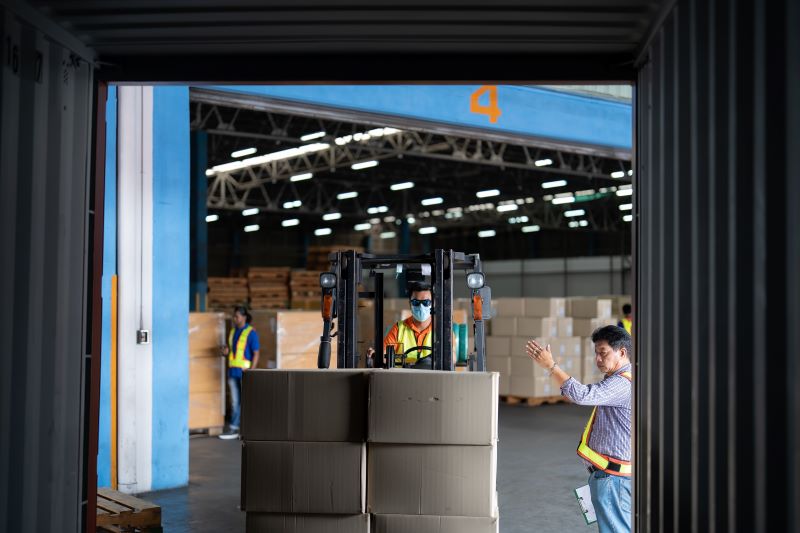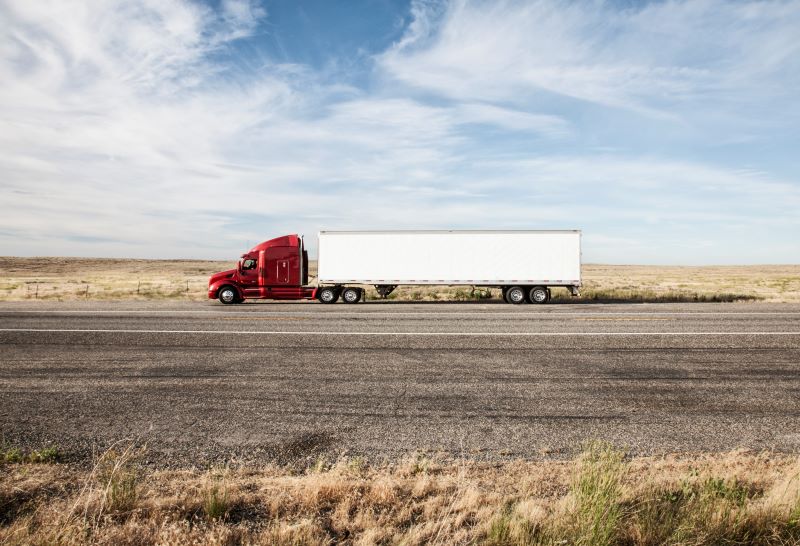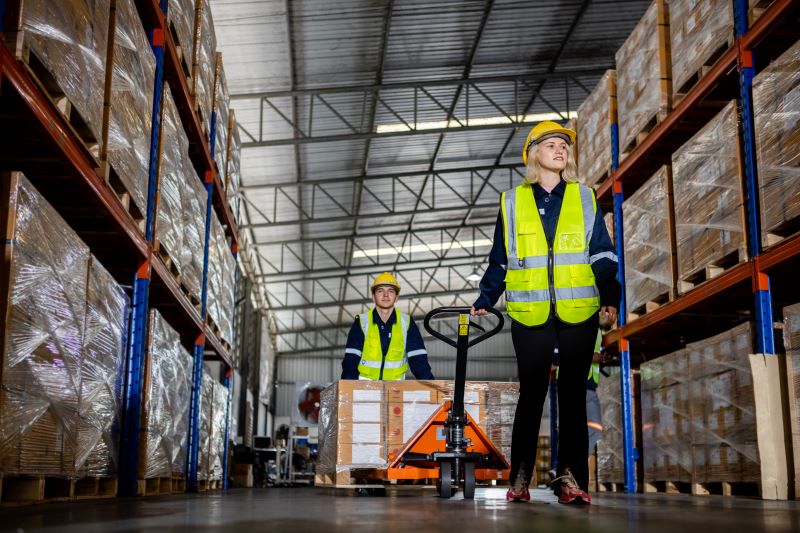A lot goes into warehousing management. Understanding warehousing and freight storage roles in the supply chain, the logistics behind warehousing, and why warehousing is essential are all part of the ABCs of warehousing. Heavy Weight Transport may not have the entire alphabet of the ABCs of warehousing, but we can provide many of the key letters of warehousing management. Before diving into the alphabet, let’s review some warehousing basics.

Warehousing Basics
The most basic definition of warehousing is the process of storing physical goods and inventory for sale or distribution. Businesses often look to warehouse their inventory when the current facilities need help keeping up with supply and demand – or the current location is not ideal for distribution. Warehousing allows businesses to buy goods and materials in bulk from suppliers, which can lower overall operating costs. Other benefits of warehousing include reducing shipping and delivery times, protecting inventory from environmental damage, and improving inventory management and freight storage. Types of warehouses include distribution centers, cross-docking facilities, cold storage warehouses, and container yards.
C is for Cross-Docking
Cross-docking doesn’t involve warehousing but it is still a vital component of the overall supply chain. Cross-docking occurs when cargo is unloaded from one mode of transportation and directly loaded onto another. Instead of storing products in a warehouse to be picked up later, the products continue their journey uninterrupted. The goal of cross-docking is to improve efficiency and streamline the supply chain, reducing overall costs and speeding up the distribution process.
D is for Drayage
The word “drayage” can be traced back to when horses and carts were the primary mode of transporting goods. A dray was a type of horse that pulled heavy loads. The word “dray” also referred to the carts that the horses pulled. “Drayage” became the term that people associated with moving goods in a cart. In the 21st century, drayage refers to transporting goods over a short distance. This short distance is often between an ocean port or dock, a rail station, or a trucking center. Logistics companies use drayage services, such as Heavy Weight, to transport freight from one mode of transport to another. Drayage services can move goods from an ocean port to a warehouse, where they can await the next step in distribution.

F is for Freight
Anything can be considered freight. Simply put, freight refers to goods, cargo, and merchandise that are transported from one location to another. Freight is often broken up into different subcategories, including general freight, which is common goods and products, and specialized freight. Specialized freight includes goods that may require special handling, are subject to specific regulations, and require specialized warehousing or storage facilities. This can consist of hazardous materials, perishable goods, and oversized items. Understanding the freight storage requirements and regulations is a crucial component of warehouse management.
I is for Intermodal
Simply put, intermodal transport describes the movement of freight using two or more methods of transportation. This can include any combination of trucking, rail, air, and water. Cargo ships, trains, planes, and trucks all play a critical role in getting goods and products from their source to their final destination. Different methods of transportation are limited in where they can access freight. Plus, they each have their benefits and drawbacks. Air transport is quicker than using trucks or ships, but since planes can only carry certain amounts of cargo, it can be much less cost-effective. Intermodal transportation aims to balance the strengths of each mode of transport for the most efficient and cost-effective journey.
S is for Supply Chain
S is one of the biggest ABCs of warehousing. The “supply chain” is a broad term used to describe any system of organizations, people, and resources involved in the production, distribution, and delivery of goods or services. This can mean one company’s internal supply chain or the massive global supply chain. Either way, warehousing plays a critical role. Warehousing can appear in multiple steps of any supply chain, from storing raw materials before they are assembled to storing final products before distribution to the end consumer. Any supply chain interlinks suppliers, manufacturers, logistics companies, freight storage, trucking and transportation companies, distribution, and, of course, warehousing management.
T is for Transloading
Transloading refers to the process of transferring goods and merchandise from one mode of transportation to another. Transloading generally involves little to no storage of goods in between locations. Transloading is used to move equipment and supplies between job sites, to transfer goods from one warehouse to another, or from one warehouse to a different mode of transportation.
The purpose of freight transloading is to facilitate the smooth transfer of goods and materials, allowing for efficiency and minimal delays in the supply chain. Cargo ships are limited to the water, trucks are limited to the roads, and trains can only go where the tracks can take them. Transloading helps connect these methods of transportation. There are no limits to what types of freight can be transloaded. Common freight transloading includes:
- Construction materials such as lumber, metals, cinder blocks, bricks, loose gravel, and natural stones
- Warehouse merchandise such as shipping containers, boxes, and small appliances
- Oversized cargo such as military equipment, aerospace components, transformers, and heavy machinery
- Specialized freight such as hazardous chemicals and temperature-sensitive or climate-controlled shipments

W is for Warehousing with Heavy Weight Transport
The most important letter in the ABCs of warehousing is warehousing itself. Heavy Weight Transport is the ideal warehousing partner. Our warehouses are strategically placed near some of the busiest ports in the United States including Los Angeles, Long Beach, New York, and New Jersey.
Our warehousing and logistics services have proven to reduce supply chain costs for suppliers. Warehousing rates vary based on the amount of space needed, warehouse features, and other factors. Contact Heavy Weight Transport for more information about our services and a warehousing quote.







